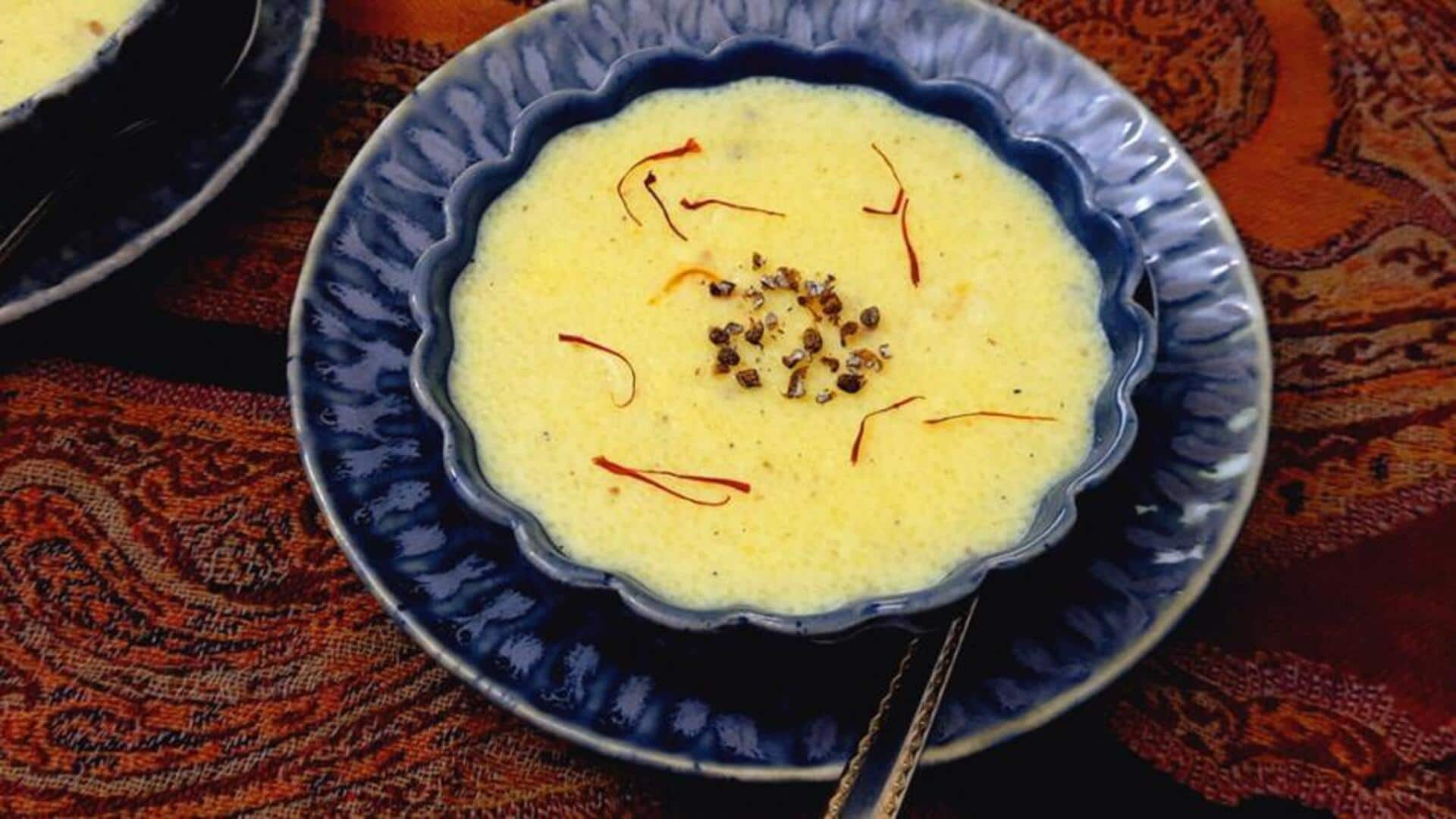
Evolution of phirni: From royal dessert to global treat
What's the story
Phirni, a creamy rice-based dessert, has a royal history dating back to ancient India's royal kitchens. Traditionally made with ground rice, milk, and sugar, this delicacy was reserved for special occasions and celebrations. Today, phirni has crossed cultural boundaries and become a worldwide favorite. Its easy preparation and delightful taste have made it a favorite among dessert lovers across the globe.
#1
Origins in royal kitchens
Phirni dates back to the Mughal era, where it was a staple in royal feasts. The dessert was often laced with saffron and cardamom for additional flavor. Served in earthen pots termed shikoras, phirni became a symbol of luxury and opulence. The use of premium ingredients like nuts and dried fruits made it even more elite.
#2
Regional variations emerge
As phirni traveled to different parts of India, local variations came to be. In Kashmir, it is referred to as 'firin' and is usually flavored with rose water or kewra essence. In Punjab, phirni is thicker in consistency than other regions. Each variation represents the unique culinary traditions of its region while retaining the basic elements that make this classic dessert.
#3
Global popularity rises
In the past few decades, phirni has become an internationally recognized dish as a component of the global expansion of Indian cuisine. It is now available on menus of Indian restaurants across the globe and loved by people of all kinds. The versatility of phirni makes it easy for chefs to play around with flavors such as chocolate or fruit purees, yet keep it traditional.
Tip 1
Modern twists on tradition
Contemporary chefs have added innovative twists to traditional phirni recipes, using modern ingredients like quinoa or almond milk for health-conscious consumers looking for alternatives without compromising on taste or texture quality standards set by tradition over centuries. Past experimentation lives on today, ensuring future generations will enjoy this beloved dish just as much, if not more, than those who came before them did so long ago.